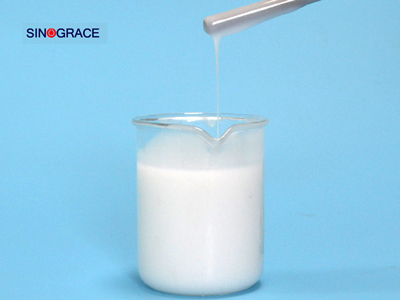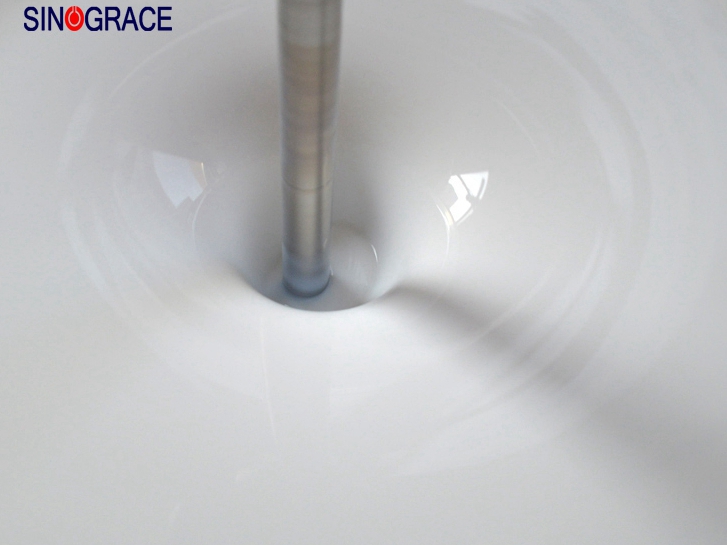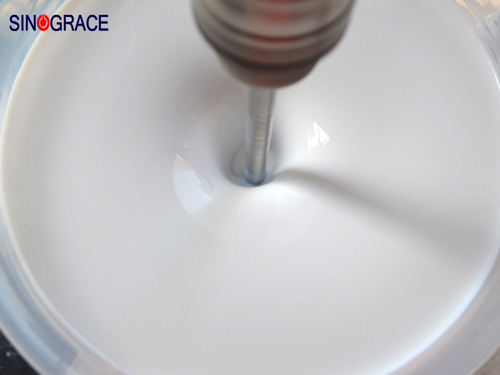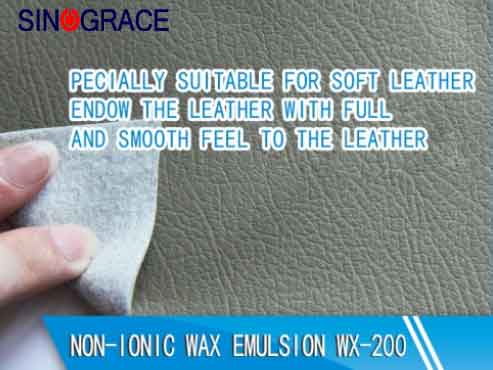What are the resins used for the surface coating of paper
First, emulsion resin Emulsion resin refers to resin particles suspended in water, which is widely used. There are many different emulsion resins on the market, such as polyurethane, acrylic, etc. They have the characteristics of strong adhesion, fast drying, etc., suitable for various printing and coating fields. Second, solvent-based resin Solvent-based resins should pay attention to environmental protection and safety in the production, and need to be properly handled. The resin is dissolved in an organic solvent and coated on the surface of the paper. They have excellent surface smoothness and water resistance, but are prone to problems when overprinted with other coatings or inks. Three, waterborne polyurethane Waterborne polyurethane resins are used more in the coating industry and have the characteristics of organic solvent-based resins, but because of the use of water instead of solvents, they are more superior in environmental protection and safety. Waterborne polyurethane resin is suitable for different printing and coating fields, with excellent wear resistance and scratch resistance. Four, water-based acrylic resin Water-based acrylic resin is often used in the printing industry, with environmental protection, not easy to fire and other advantages. However, compared with the solvent-based resin, the surface gloss is not as good as the solvent-based resin, and the temperature, particles and viscosity of the paper surface coating are also required. Five, UV light curing resin UV curing resins are characterized by rapid curing after exposure to UV light. They have the advantages of fast drying and high hardness, the disadvantage is that the use of the process needs to pay attention to the light time, intensity and other parameters. At present, it is widely used in packaging, printing, decoration and other fields. In summary, the types of resins used in the surface coating of paper include emulsion, solvent-based, water-based polyurethane, water-based acrylic resin and UV light curing resin, which have their own characteristics and application fields. In the process of production and use, attention should be paid to environmental protection and safety, and suitable resins should be selected for different printing and coating fields.
read more

 English
English français
français русский
русский español
español العربية
العربية








